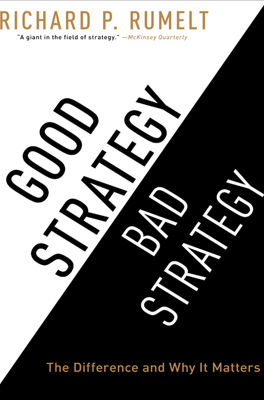Using Advantage
The Strategic Use of Asymmetries
In competition, whether in business or other areas, advantage stems from asymmetries or differences between rivals. A leader’s role is to identify and leverage these differences to create substantial advantages. The concept is applied through various illuminating scenarios, demonstrating both successful and ineffective strategies.
Example of Leveraging Asymmetry
In business settings, companies like eBay and Apple have used their inherent, unique strengths (isolating mechanisms such as brand loyalty or exclusive technology) to maintain and deepen their competitive advantage. Isolating mechanisms are critical, ensuring that competitors cannot easily replicate successes. Apple, for instance, leverages its innovative technology and strong brand reputation, coupled with an exclusive ecosystem (iTunes, App Store), to sustain its market dominance despite fierce competition.
Challenges in Sustaining Competitive Advantage
Competitive advantage does not guarantee perpetual success; it needs constant nurturing and evolution. Market leaders like eBay, despite having significant competitive advantages, may face stagnant growth if they fail to continuously innovate and adapt to changing market needs.
Strategic Missteps and Course Corrections
A notable strategic failure occurred when the U.S. attempted to apply its strategy from Iraq to Afghanistan without considering the critical differences in societal and political structures, illustrating poor leverage of strategic asymmetry. This misalignment led to prolonged conflict and ineffective results, underscoring the costs of not adapting strategies to align with the specific competitive landscape.
Strategic Insights from Serial Entrepreneurs
The Resnicks exemplify serial entrepreneurial success across diverse industries by continually identifying and exploiting unique business opportunities ('interesting' advantages). They not only recognize unique value propositions but also actively increase the demand for their products (e.g., pomegranates and nuts) through strategic investments in marketing and supply chain innovations. Their ability to manipulate demand and supply dynamics to their advantage underscores the power of strategic innovation in creating and expanding markets.
Practical Application of Competitive Strategies
Stewart Resnick's approach to the agricultural sector, particularly nuts and pomegranates, demonstrates the practical application of deepening competitive advantages. By significantly investing in market research, branding, and processing capabilities, they transformed traditional agricultural products into premium, branded items that command higher prices and consumer loyalty.
This approach highlights the importance of foresight in strategy, the effective use of existing resources, and the necessity for continuous innovation and adaptation in maintaining and enhancing competitive advantages.
Concluding Strategic Perspectives
Effective use of competitive advantage is not static but requires continual assessment and alignment with changing environments and opportunities. The focus should always be on actions that deepen and extend advantages while creating and maintaining conditions that prevent easy replication by competitors.
